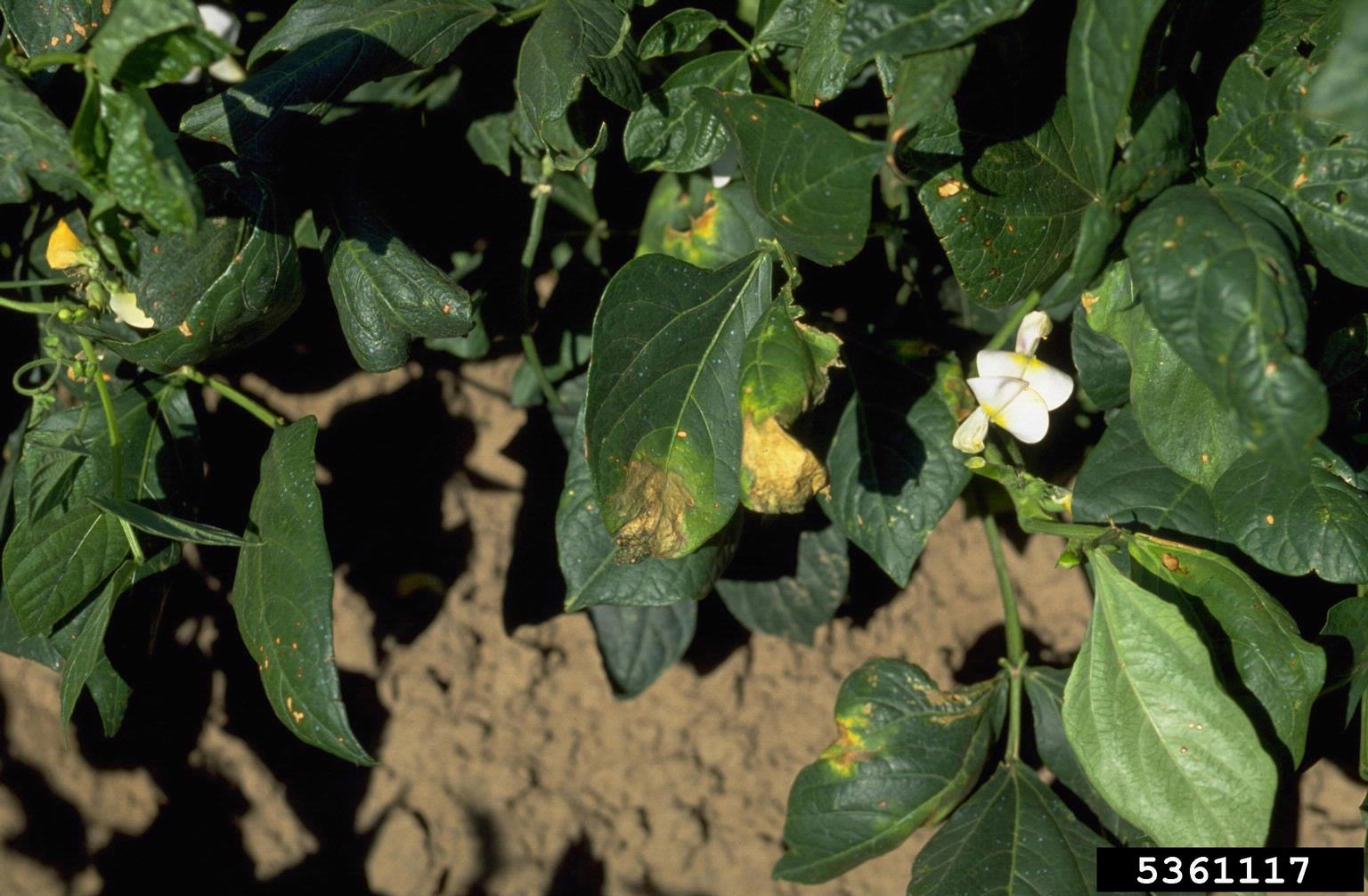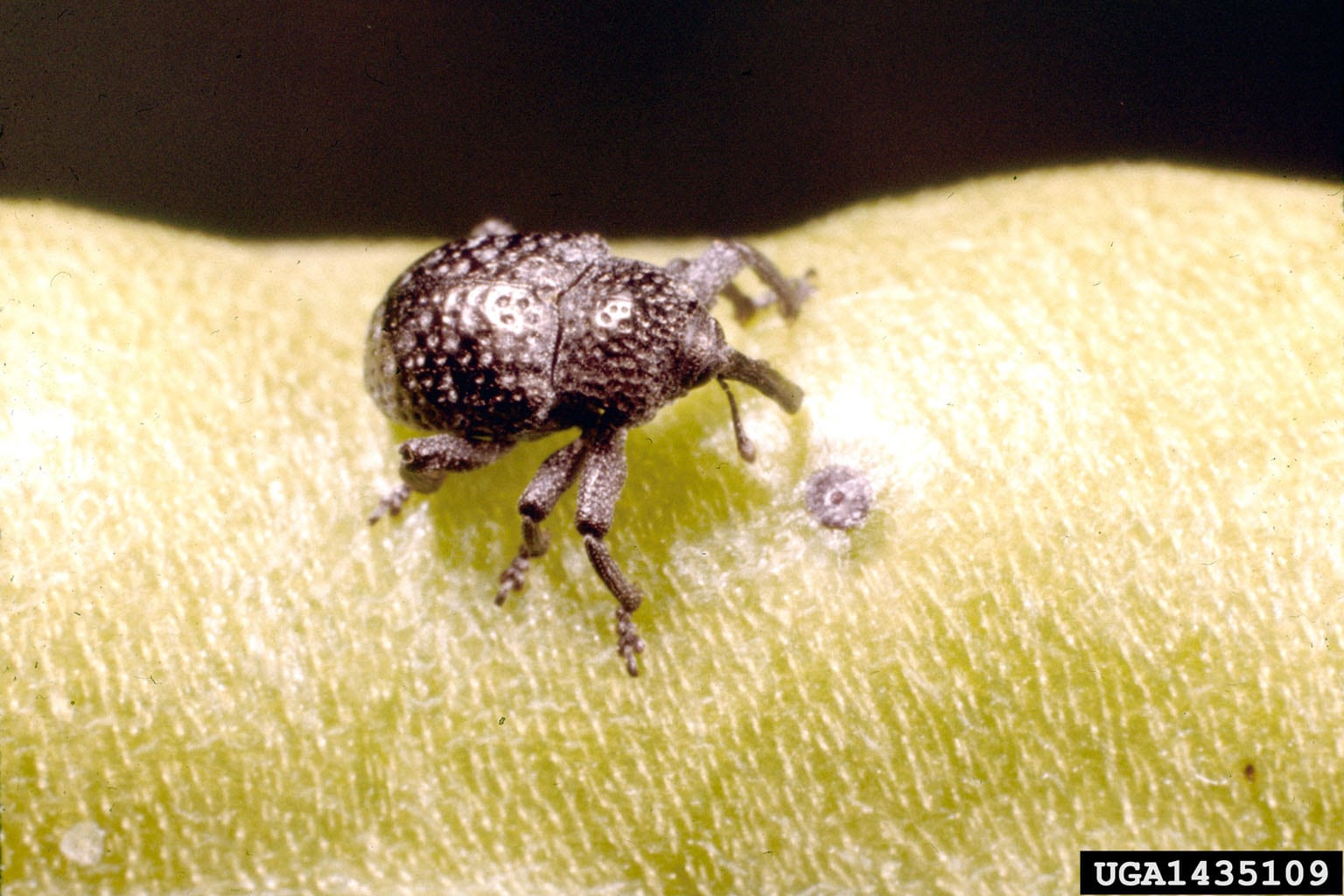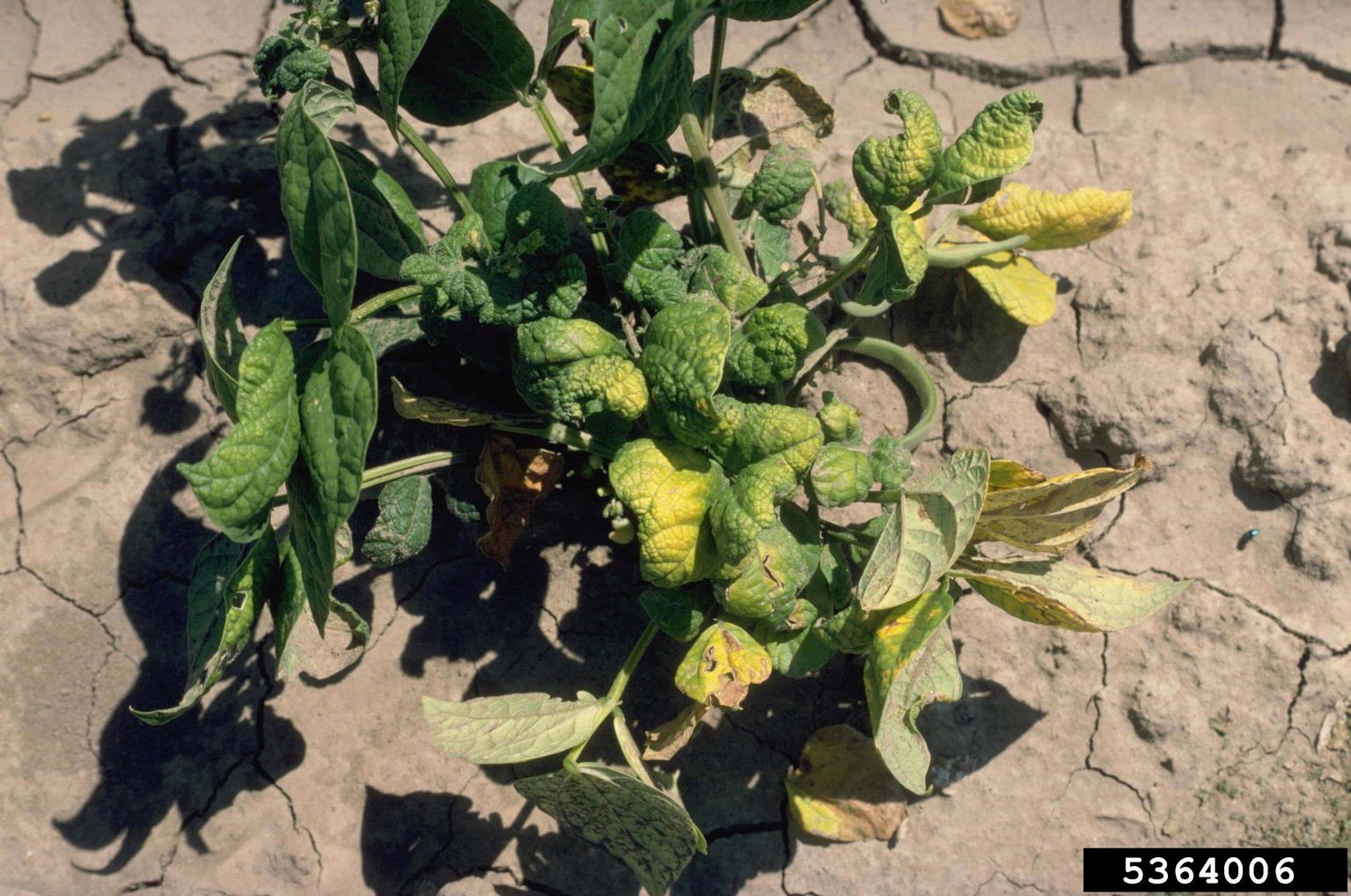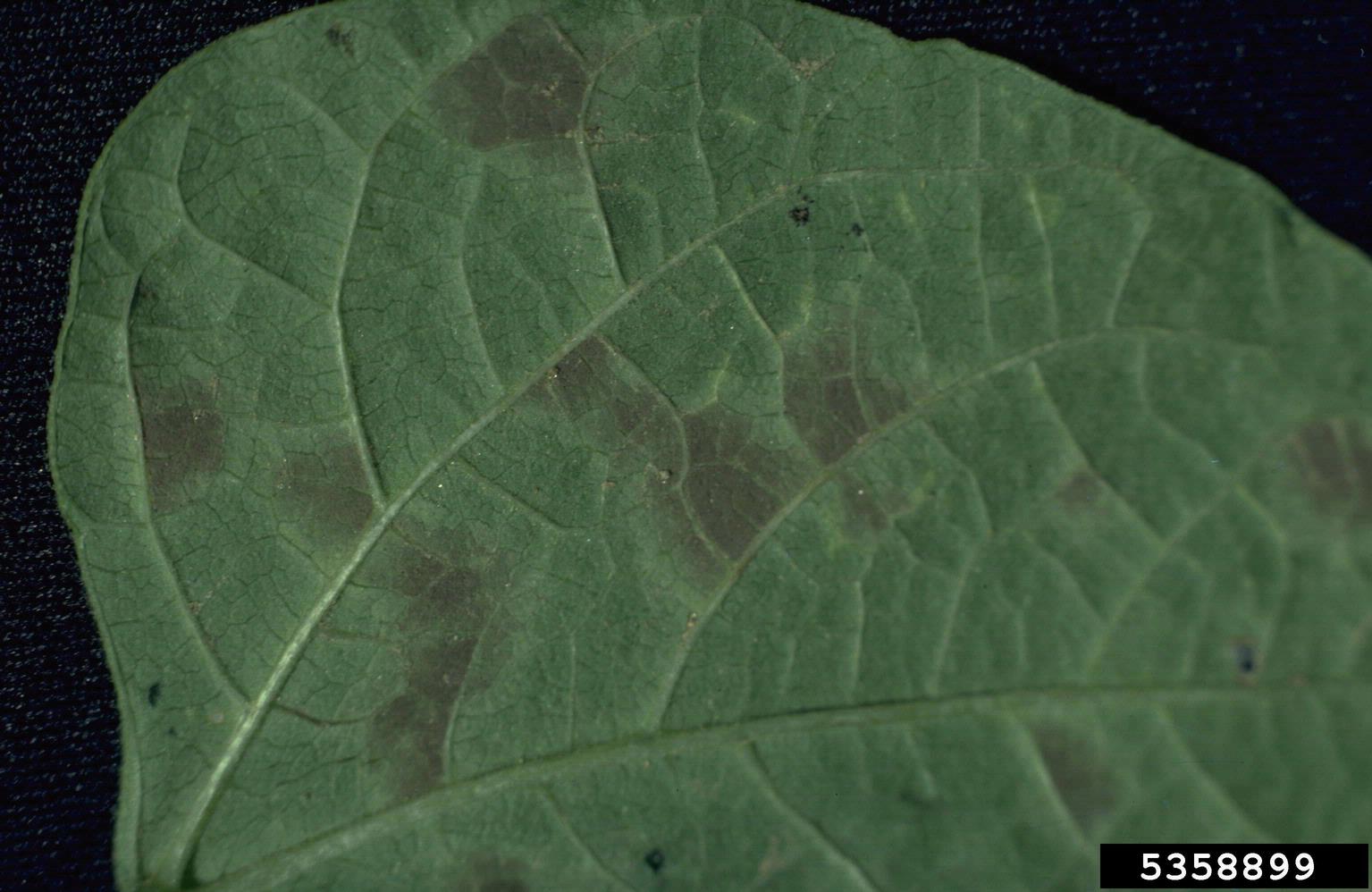Southern Pea Root Knot Nematode: Managing Root Knot Nematodes On Southern Peas

Southern peas with root knot nematodes can suffer in multiple ways. The pathogen can damage pea plants enough to reduce the harvest, but it can also make your peas vulnerable to other infections, including fungal and bacterial diseases. Know how to prevent and treat this pest to avoid heavy losses.
Symptoms of Southern Pea Root Knot Nematode Infestation
Root knot is just one type of nematodes of southern pea, but it is a common one that can cause a lot of damage. It is helpful to take steps to prevent an infestation, but you should also be aware of the signs and symptoms so that you can manage this disease early if it impacts your garden. Since these nematodes attack the roots, the most definite signs of an infection are below the soil line. The characteristic symptom of root knot nematode is the formation of galls, or swollen bumps, on the roots. The worse the infection is, the more extensive the system of galls will be. Symptoms of root knot nematodes above the roots include stunted growth and general un-thriftiness, The leaves may discolor, wilt more easily in hot, dry weather than would be expected, and recover less quickly after being watered. You may also see characteristic signs of nutrient deficiencies because the infection interferes with nutrient uptake.
Preventing and Managing Root Knot Nematodes on Southern Peas
It is not always possible to prevent root knot nematodes, as these microscopic worms are common in soil, but preventative measures can help. One of the best ways to avoid southern pea root knot nematode is to use resistant varieties:
- Charleston Nemagreen
- Colossus
- Clemson Purple
- Hercules
- Magnolia Blackeye
- Mississippi Purple
- Mississippi Silver
You should also use only certified disease-free transplants in your garden for any plant, as many are susceptible to root knot nematode. Without a resistant variety, prevention is very difficult due to the heavy presence of nematodes in all soils. There are, however, good management practices that can keep the worms in the soil from causing too much damage. Crop rotation helps to prevent nematodes from becoming too established in one area of your garden. Fallowing is also a practice that helps control nematodes. When fallowing an area, turn the soil regularly to expose the nematodes to the sun. If you get a noticeable infestation of root knot nematodes, remove and destroy plants and their roots right after the harvest. Try planting marigolds near your vegetables, which deter nematodes. You can also try chemical control but using a few of the above organic control methods is often enough to keep nematodes in check. To promote healthy plants, add organic material and nutrients to the soil, so that even if nematodes attack, your vegetables will not be as affected.
Gardening tips, videos, info and more delivered right to your inbox!
Sign up for the Gardening Know How newsletter today and receive a free copy of our e-book "How to Grow Delicious Tomatoes".

Mary Ellen Ellis has been gardening for over 20 years. With degrees in Chemistry and Biology, Mary Ellen's specialties are flowers, native plants, and herbs.
-
 Looking For Plants To Give You The Soft And Fuzzies? Try These 5 Fuzzy Leaf Plant Options
Looking For Plants To Give You The Soft And Fuzzies? Try These 5 Fuzzy Leaf Plant OptionsLovers of texture, drama, silver foliage and tactile plants will adore these special sensory garden additions. These fuzzy leaf plant options will leave you all aglow
By Susan Albert
-
 Get Ready For A Summer Of Hummers! Grow These Full Sun Hummingbird Plants and Flowers
Get Ready For A Summer Of Hummers! Grow These Full Sun Hummingbird Plants and FlowersIf you’re lucky enough to enjoy a sunny backyard, make sure you are maxing out on your pollinator opportunities and grow these full sun hummingbird plants and flowers
By Tonya Barnett
-
 Southern Pea Mosaic Virus: Learn About Mosaic Virus Of Southern Pea Plants
Southern Pea Mosaic Virus: Learn About Mosaic Virus Of Southern Pea PlantsSouthern peas may be afflicted by a number of diseases, like southern pea mosaic virus. What are the symptoms of mosaic virus of southern peas? Learn how to identify southern peas with mosaic virus and control the virus in this article.
By Amy Grant
-
 Burnt Southern Pea Leaves: Treating Southern Peas With Burnt Leaves
Burnt Southern Pea Leaves: Treating Southern Peas With Burnt LeavesSince the vegetables thrive in high heat regions, the cause of leaf burn on southern peas is rarely sunscald. Some investigation into the most common causes of leaf burn can help diagnose and treat the condition. Click here for more info on southern pea leaf burn.
By Bonnie L. Grant
-
 Cowpea Curculio Management – Information About Cowpea Curculio Damage
Cowpea Curculio Management – Information About Cowpea Curculio DamageThough the fast-maturing plants require minimal care, some pests could drastically impact cowpea yields. Knowing the signs of one such nuisance, cowpea curculio, will ensure that gardeners are better able to manage damage done to their plantings. This article will help.
By Tonya Barnett
-
Southern Pea Cotton Root Rot – Treating Texas Root Rot Of Cowpeas
Are you growing cowpeas or southern peas? If so, you'll want to know about Phymatotrichum root rot, also known as cotton root rot. For information about cowpea cotton root rot and its control, this article will help.
By Teo Spengler
-
Southern Pea Pod Blight Control: Treating Pod Blight On Southern Peas
Southern peas seem to have a different name depending on what section of the country they're grown. Whether you call them cowpeas, field peas, crowder peas, or black-eyed peas, they are all susceptible to wet rot. Learn more in this article.
By Amy Grant
-
 Cowpea Curly Top Virus – Learn To Manage Southern Peas With Curly Top Virus
Cowpea Curly Top Virus – Learn To Manage Southern Peas With Curly Top VirusSouthern pea curly top virus can leave your pea crop damaged if you don?t manage it. Transmitted by an insect, this virus attacks several types of garden vegetables and in southern pea or cowpeas, it can severely limit the year?s harvest. Learn more in this article.
By Mary Ellen Ellis
-
 Cowpea Leaf Spot Diseases: Managing Southern Peas With Leaf Spots
Cowpea Leaf Spot Diseases: Managing Southern Peas With Leaf SpotsLeaf spots of cowpea, which can also affect lima beans and other legumes, causes significant crop loss in the southern United States. However, the fungus isn?t limited to the southern states and can also occur in other areas. Learn more here.
By Mary H. Dyer
-
Southern Pea Powdery Mildew Control – Treating Southern Peas With Powdery Mildew
It is important to recognize the symptoms of southern peas with powdery mildew in order to come up with a management plan before the problem becomes too severe. The following article contains information regarding southern pea powdery mildew control.
By Amy Grant